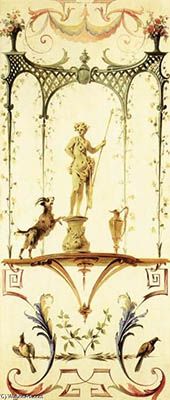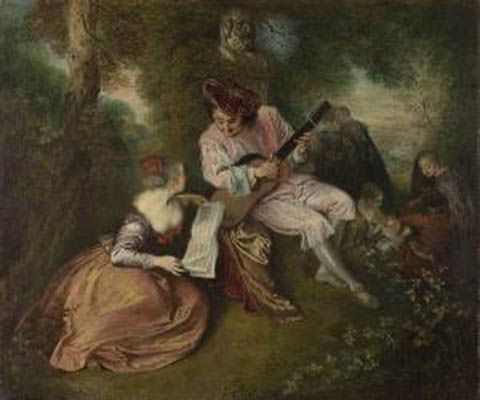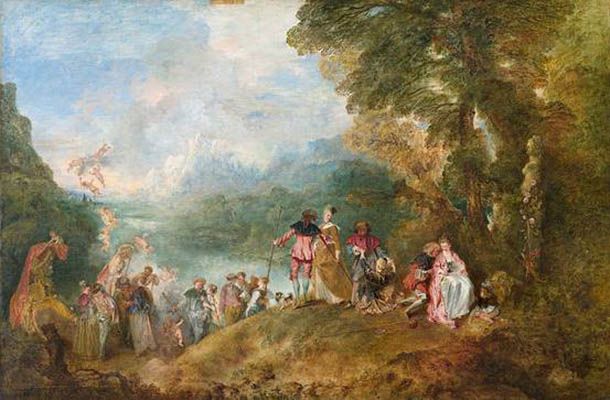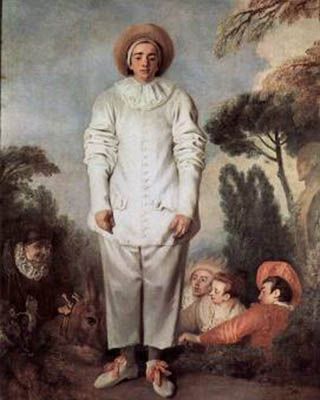Neoclassicism, Romanticism, & Rococo
Watteau began training with Claude Gillot around 1704 and influenced his style greatly. They split ways four years later after Watteau surpassed him. Soon after, he joined one of the king’s painters: Claude Audran III. These connections were essential to his success as an artist. These years progressed him as a decorative artist but after leaving Audran’s studio, he abandoned the style.

Jean-Antoine Watteau was a French painter in the Rococo period. He was born October 10, 1684 – Valenciennes, France and died July 18, 1721 – Nogent-sur-Marne, France though he didn’t begin painting till the turn of the century. This piece comprised of two panels was originally a commission of eight, and these panels are the only remaining pieces.


Watteau was an exceptional draftsman and completed many more sketches than paintings; his friends claimed that he preferred it of the two. My appreciation for paintings can only go so far as my experience with the medium is lacking; although, I marvel at his sketches as they speak to me more than his painted work.


This piece stood out to me as the subject matter and composition are oddly presented. The Rococo style is often light and romantic where this piece contrasts that with a stale, rather sad expression that draws one in.
Leave a Reply